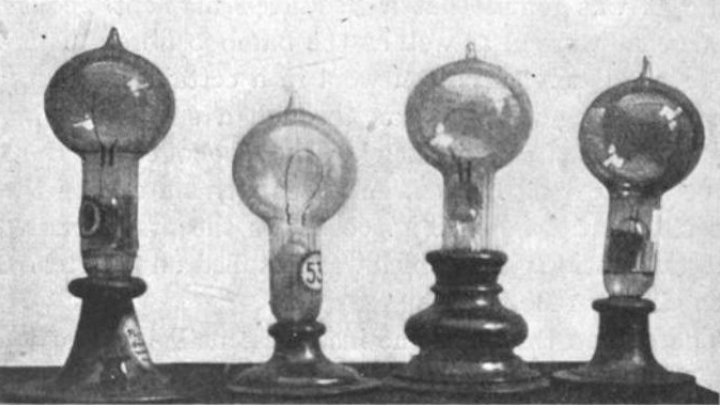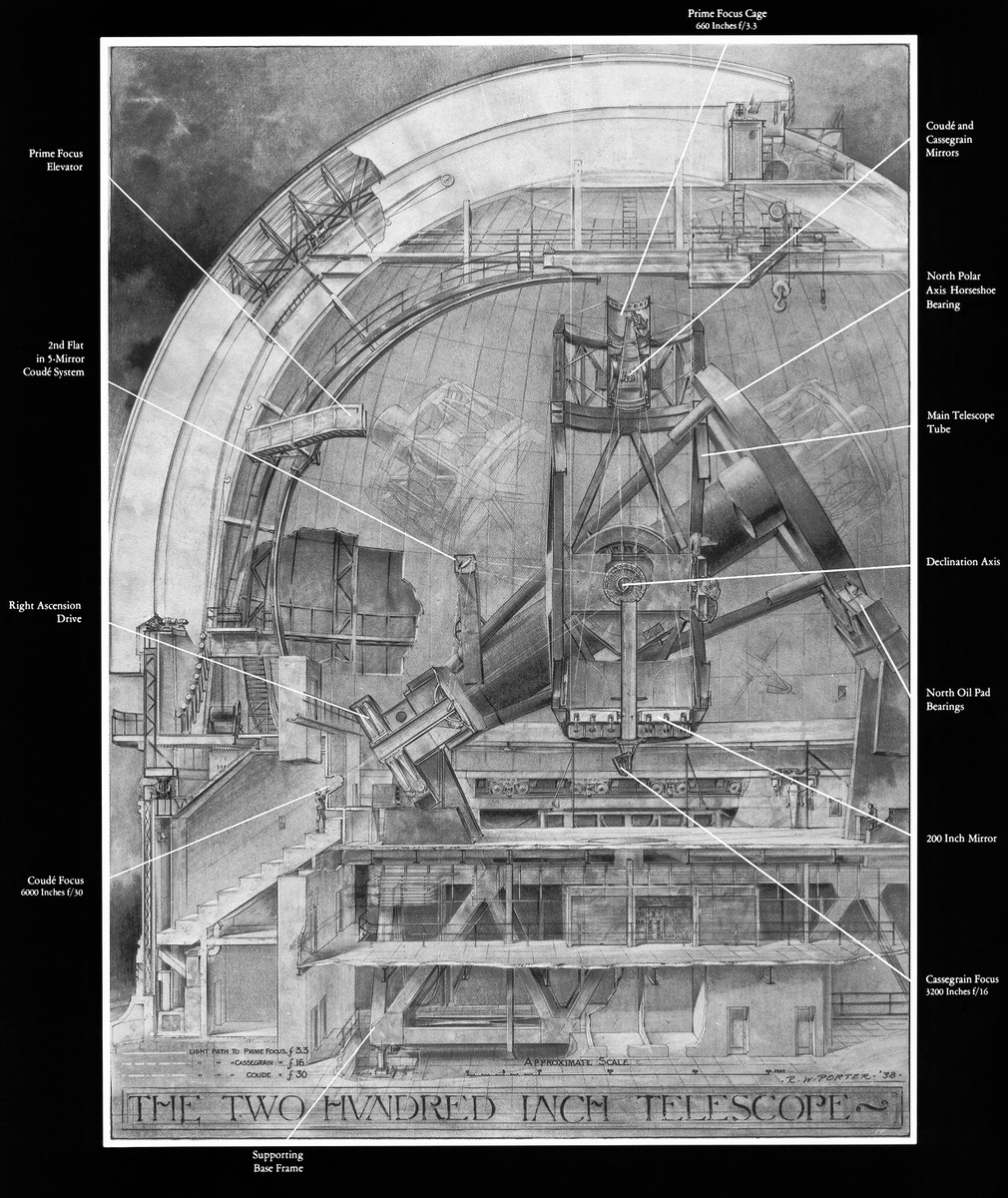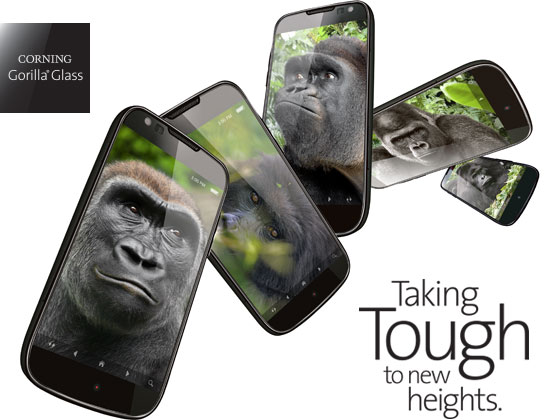1/ One of my favorite companies is @Corning $GLW. I hold a small position, but it& #39;s not b/c $GLW might make a good investment that it& #39;s a personal favorite.
No, it& #39;s b/c this material science leader has been innovating for 169+ yrs and is still leading today.
A thread https://abs.twimg.com/emoji/v2/... draggable="false" alt="⬇️" title="Pfeil nach unten" aria-label="Emoji: Pfeil nach unten">
https://abs.twimg.com/emoji/v2/... draggable="false" alt="⬇️" title="Pfeil nach unten" aria-label="Emoji: Pfeil nach unten">
No, it& #39;s b/c this material science leader has been innovating for 169+ yrs and is still leading today.
A thread
2/ $GLW is an all-American success story, applying its expertise in glass science, ceramics science, and optical physics, along with its manufacturing and engineering capabilities, "to develop category-defining products that transform industries and enhance people& #39;s lives."
3/ Corning was founded in 1851 as the Bay State Glass Co. After a small series of moves and name changes, the company settled into a small town in upper state New York named Corning in 1868. For 121 years, it would be known as Corning Glass Works.
4/ In 1879, Corning develops a bulb-shaped glass encasement for Thomas Edison& #39;s new incandescent lamp. At first, bulbs were made by hand, but soon $GLW would develop a new manufacturing process that would mass produce bulbs, making the electric lamp more affordable to the masses.
5/ In early 1900s, railroad lanterns would shatter when the warm glass hit the cold outside air, leading to train accidents. Corning solved this problem by developing a heat-resistant, low expansion glass able to withstand sudden jolts of heat and cold.
https://www.corning.com/worldwide/en/innovation/materials-science/32-shades-of-green.html">https://www.corning.com/worldwide...
https://www.corning.com/worldwide/en/innovation/materials-science/32-shades-of-green.html">https://www.corning.com/worldwide...
6/ Corning solved the railroad lantern problem so well, that demand plummeted. The company began looking for other ways it could use heat-resistant glass. During this time, one of $GLW& #39;s scientist& #39;s wife complained about her cooking ware always shattering when she baked. Voila!
7/ In 1935, Corning physicist Dr. George McCauley designs and produces a 200 inch mirror for the Hale Telescope at Mt. Palomar. This was the largest single piece of glass in the world at this time.
8/ In 1952, $GLW scientist accidentally overheats photosensitive glass, and sees that it maintains its shape, turns white from crystallization, and doesn’t break when it& #39;s dropped. It& #39;s classified as new class of material, glass ceramics, and public is introduced to CorningWare.
9/ In 1970, Corning scientists develop the first optical fiber capable of maintaining the strength of laser light signals over significant distances with only an attenuation of 17db/km. Two years later this improved to only 4db/km. By 2017, $GLW had made a LOT of optical fiber.
10/ In 1990, Corning produces glass for the mirror of the Hubble Telescope. https://www.stargazette.com/story/money/2016/03/23/hubble-telescope-mirror-still-impressive/82162584/">https://www.stargazette.com/story/mon...
11/ In 2007, Corning introduced the first edition of Gorilla Glass, a light, durable, and tough glass that is used for monitor screens of the world’s best smartphones, tablets, and laptop computers.
12/ This is really just a glorified commercial and it& #39;s 6 yrs old, but I still think this video is really cool https://youtu.be/12OSBJwogFc ">https://youtu.be/12OSBJwog...

 Read on Twitter
Read on Twitter









